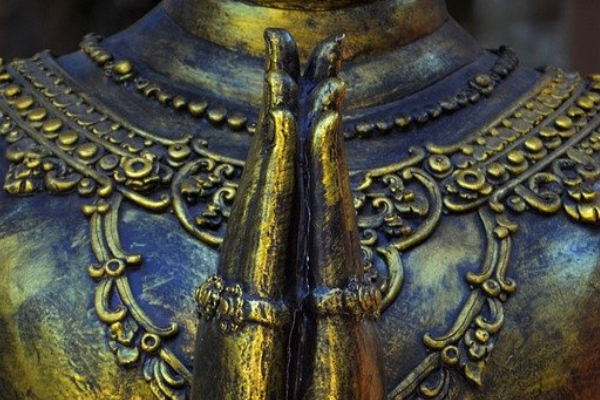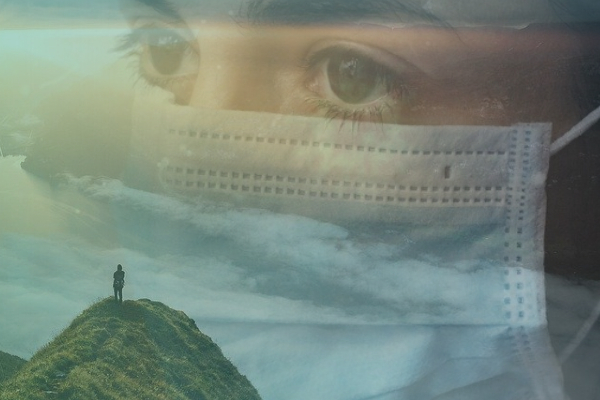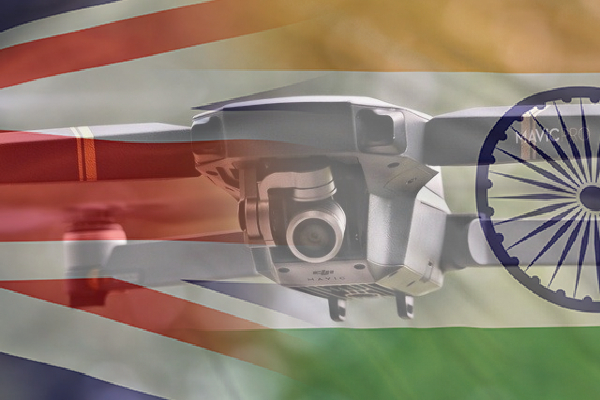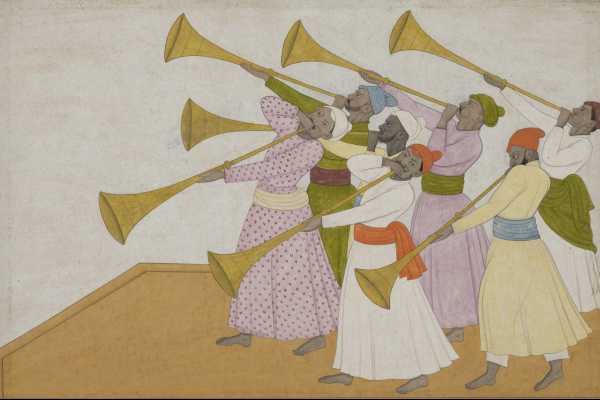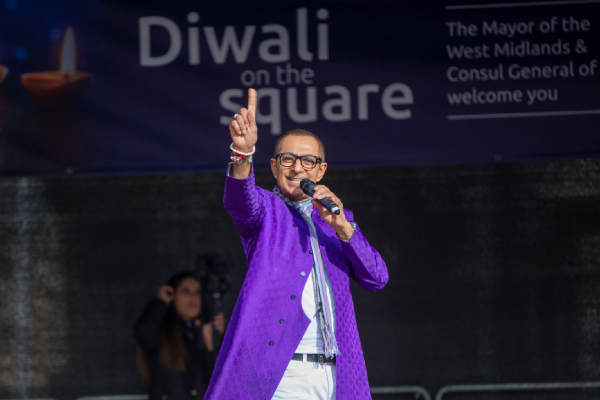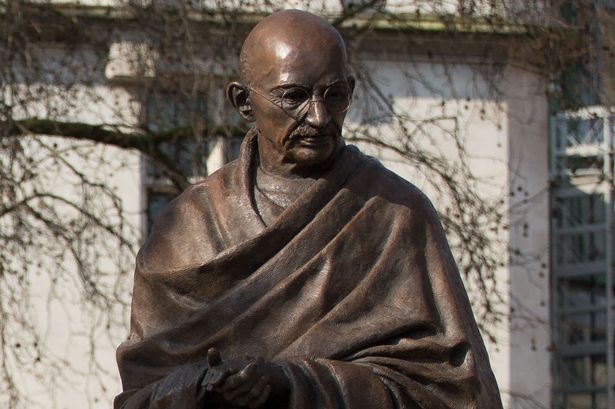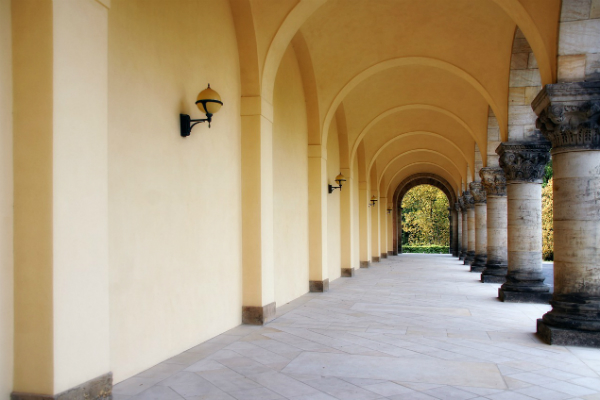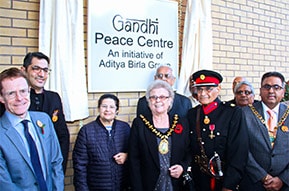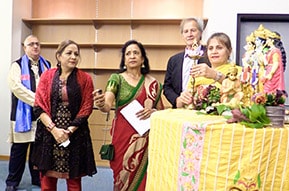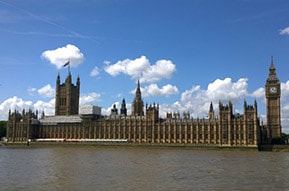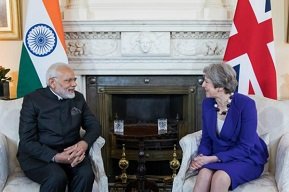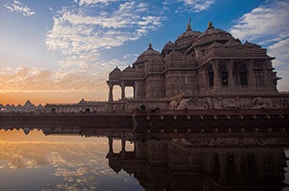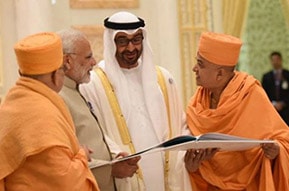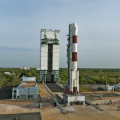Plight of Nepal
HMB Reporter Krunal Kayastha has just returned from Nepal where only two months ago, a devastating earthquake shook the tiny country in the Himalayas.
The ground has gradually stopped shaking, but the fear in its inhabitants is likely to stay for generations. In my journey to through this beautiful land, a lot has been changed and a lot is yet to change. When my flight was about to land at Tribhuvan International Airport in the capital Kathmandu, I was expecting a devastated place. To my surprise, however, Kathmandu was profiling a new look. Houses and hotels were newly painted. It seemed like Nepal recovered from earthquake very fast and everything is almost back to normal. Or is it?
Kathmandu is recovering from the quake, thanks to international aid and a bit more special care from its neighbour India. Much has been achieved, but the Royal Palace and Nepal Parliament have been closed to visitors due to damage. Out of all the heritage structures, only Pashupatinath Temple remains intact. Most other heritage buildings have collapsed or have been damaged. Basantpur Durbar Square has suffered major damage. What is more shocking is that before the earthquake, vehicles were prohibited at heritage sites. Now the story is very different as all kinds of wheelers roam the areas. The authorities will need to deal with this urgently.
The Situation outside Kathmandu still remains the same. The roads are in tatters and repairs are nowhere to be seen. Houses have already turned into debris and people are still looking for their belongings under the debris. They have no choice but to live in these conditions waiting for the authorities to remove the debris. Landslides are making their plight even worse.
In the ancient city of Bhaktapur, there is an airy silence. The whole town is living in makeshift tents given by the Red Cross of China. The towns of Lumbini, Pokhara and Nepalgunj are suffering similar fates. Deserted and dusty, people are forced to clear debris on their own without the aid of the authorities or appropriate equipment. In some parts, it is almost impossible to even walk because of the dangers of falling buildings. Roads lead to nowhere.
Immediately after the earthquake, Nepal was flooded with international aid. Some of the aid lacked cultural understanding as the USA sent tuna fish and bacon and Pakistan sent beef. Some of the instant foods like noodles were sent which is hardly the local’s staple diet. In other cases the lack of skilled labour meant heavy machinery sent from India and the USA laid idle. Some of the rations came with copies of the Bible and other religious textbooks.
Due to various political and economic wrangles, international aid stopped pouring in and the situation got worst in Nepal. People have been forced to repair their homes on their own. Many are not working and the tourism industry has seen a loss of over nearly half a billion dollars in lost revenue. Nepal also needs expertise in rebuilding and making itself withstand the catastrophes.
There is going to be an International conference for Nepal’s Reconstruction to be held in Kathmandu on June 25. More than 90 countries are expected to attend. It will be in the best interest for the country to open its doors for international aid once again, or more suffering for its people is likely.
There is still a potential for another quake in Central Nepal and then there is the ominous ‘seismic gap’ in western Nepal that has not seen mega-quake in 800 years. Both will be even more disastrous than what Nepal has just been through, with the city’s reinforced concrete structures not being able to withstand the shocks. This beautiful country has been through a lot and this may just be the warning it needs for bigger quakes in the future which will be far more devastating. Let us pray that another earthquake is not on the horizon, even if science may say otherwise.





